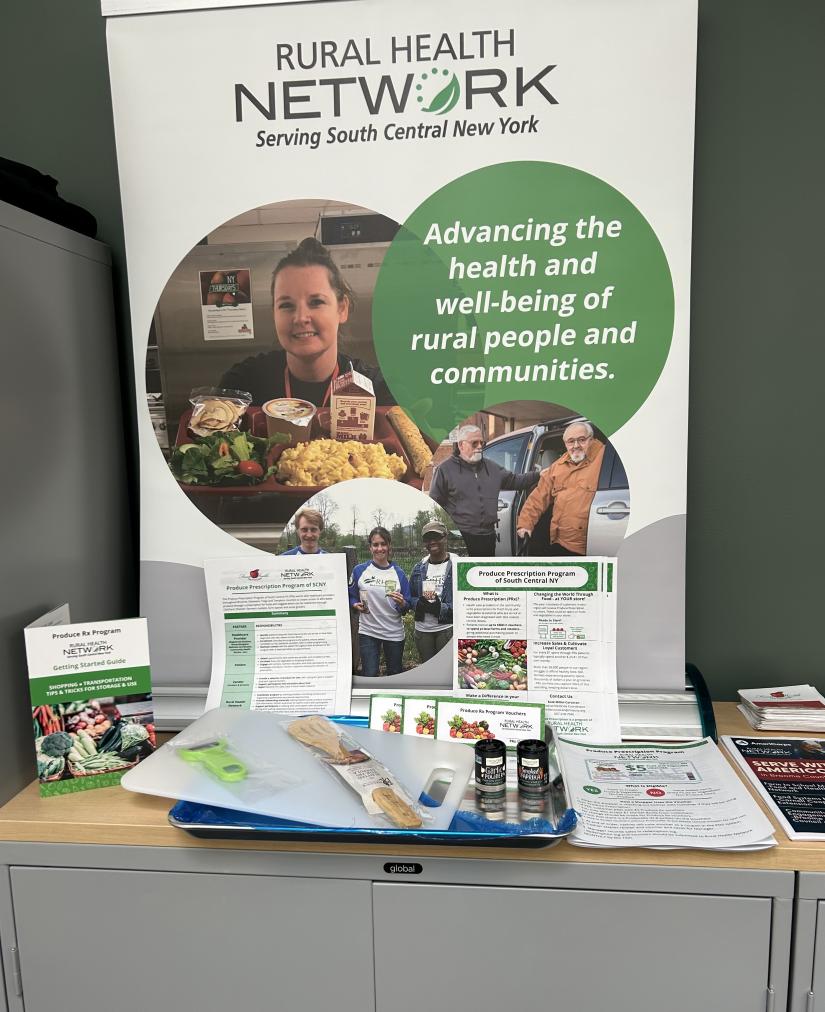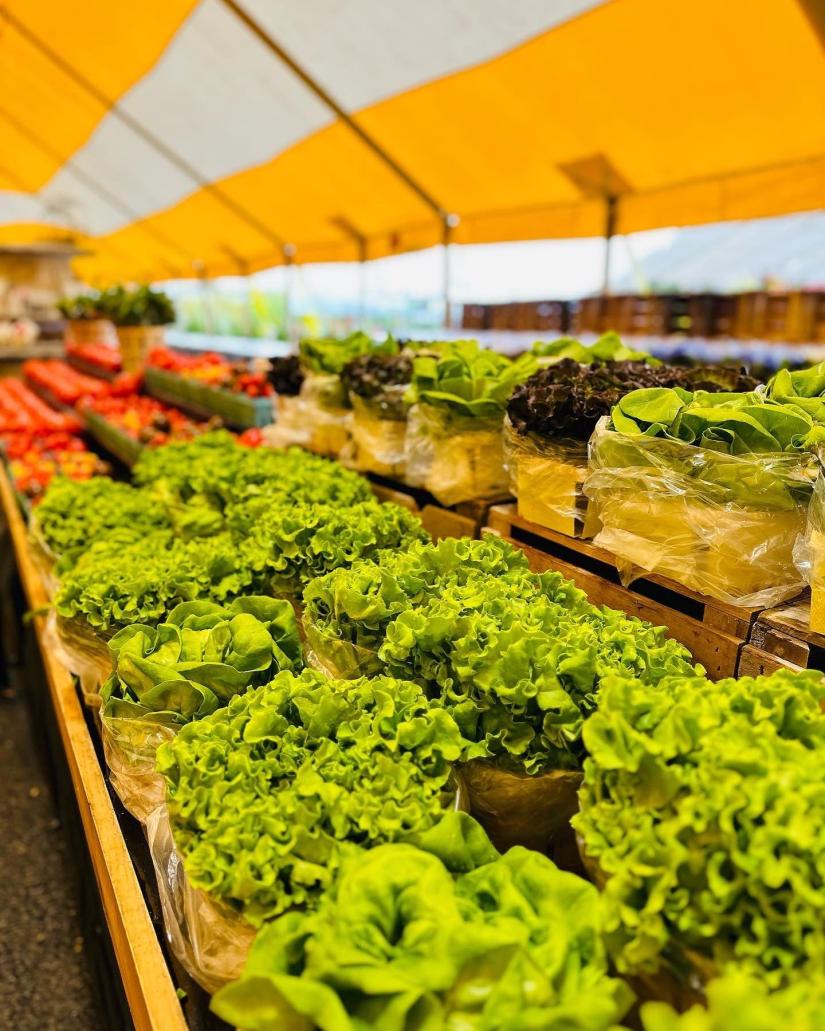Rural Health Network: Bringing Food as Medicine to Rural Communities

As part of our work on FoodMapNY, the Invest NYC SDG team has interviewed stakeholders from a range of sectors across New York State whose work addresses food insecurity. These conversations will be the basis for convening working groups focused on strategies to address food insecurity, with the eventual goal of developing pilot projects ready for investment.
Food insecurity can be addressed through many avenues, from focusing on alleviating poverty, to connecting individuals to healthier food options, to providing subsidies for groceries through policies like WIC and SNAP. The growing field of Food as Medicine has emerged from this landscape with the focus of using health and healthcare as an avenue to both fund and connect individuals with the food they need to support their wellbeing, whether that means getting them more vegetables or helping them to address specific diet-related conditions. Food as medicine encompasses a wide range of programs, services, and interventions that recognize there is a critical link between our nutrition and our health.
While food as medicine programs have grown steadily in popularity in recent years, the idea that food can be medicine has been practiced for centuries. But as interest in the intersection of food and health has grown, particularly in the wake of the COVID-19 pandemic, there has been a significant influx of funding from both the White House and private institutions. Hospitals are also starting to be able to request reimbursement from federal programs like Medicare and Medicaid for connecting patients to programs such as medically tailored meals, produce prescriptions, and nutrition counseling.
As this funding and interest has grown, new programs have cropped up across the country and across the state of New York. One such program is the Rural Health Network of South Central NY (RHNSCNY), who recently built out a food as medicine program with the goal of developing food-focused interventions for the communities of rural South and Central New York. Founded in 1998, the Rural Health Network has grown significantly over the years to provide a wide range of services, of which food as medicine and food policy programming is only one small part. Their many food related programs include advocating for farm to school connections, advancing a produce prescription program for residents, developing community-based food systems, and conducting assessments and research that can contribute to policy analysis and advocacy.

Rural Health Network also runs a Produce Prescription Program that aims to provide fresh fruits and vegetables to patients at risk of, or who have been diagnosed with, diet-related chronic illnesses. The program, which was launched in 2017, is just one example of successful PRx implementation; in 2021, it connected over 300 individuals with diet-related chronic health conditions to produce prescriptions, resulting in better health for the population and improved business for local farmers, who sold $115,000 in produce via this program.
What’s unique about the Network’s approach is that they aim to incorporate multiple elements of food as medicine into their food insecurity work. However, as a nonprofit organization, they face challenges such as limited funding for smaller, community-based initiatives. While there is an exciting influx of new funding into food as medicine programming, much of it is available on a federal scale, with regional and community-based organizations struggling to gather the resources and time to secure an already limited and extremely competitive pool of funds. Some solutions to these challenges have seen nonprofits partnering with private-sector organizations, but challenges can arise when integrating nonprofit and for profit approaches, especially when it comes to feeding families. Organizations must take care to ensure the food they provide is not only nutritionally appropriate, but culturally relevant to recipients as well. The influence of private-sector producers and other leaders in food may sway an organization’s decisions in what they provide as a food as medicine intervention. The Rural Health Network has been addressing these potential challenges by forming a food and health network that focuses on building both regional sustainability and ensuring community members have access to nutritious foods.

Photo credit: Russel Farms
The Rural Health Network stands out in its commitment to providing a wide range of programs while also making the case for increased investment in these critical programs. While operating as a nonprofit, they have the infrastructural capacity to manage operational challenges such as working with both farm partners and hospitals to streamline collaboration while also ensuring patients get the food and nutrition-based care they need. They are unique in their ability to both work on the smaller programmatic pieces, and situate their work within the larger political context of what food as medicine can be, especially for individuals in more rural communities who might not otherwise have access to services, healthy produce, meal delivery, educational resources, and other hallmarks of successful food as medicine programs.
The Rural Health Network demonstrates the importance of building collaborative networks between farmers, consumers, families, and communities to support larger food justice goals. Their work at the intersection of procurement, food as medicine, and partnering with businesses and schools allows for a circular and integrated approach to feeding their community effectively. This holistic view of food justice also creates a strong foundation for future policy and advocacy work, which would enshrine programs like their farm to school and produce prescription interventions into a more sustainable regional model. As we continue to follow the Network’s work, we are excited to see where this innovative and caring approach may lead us in future conversations about food justice.
